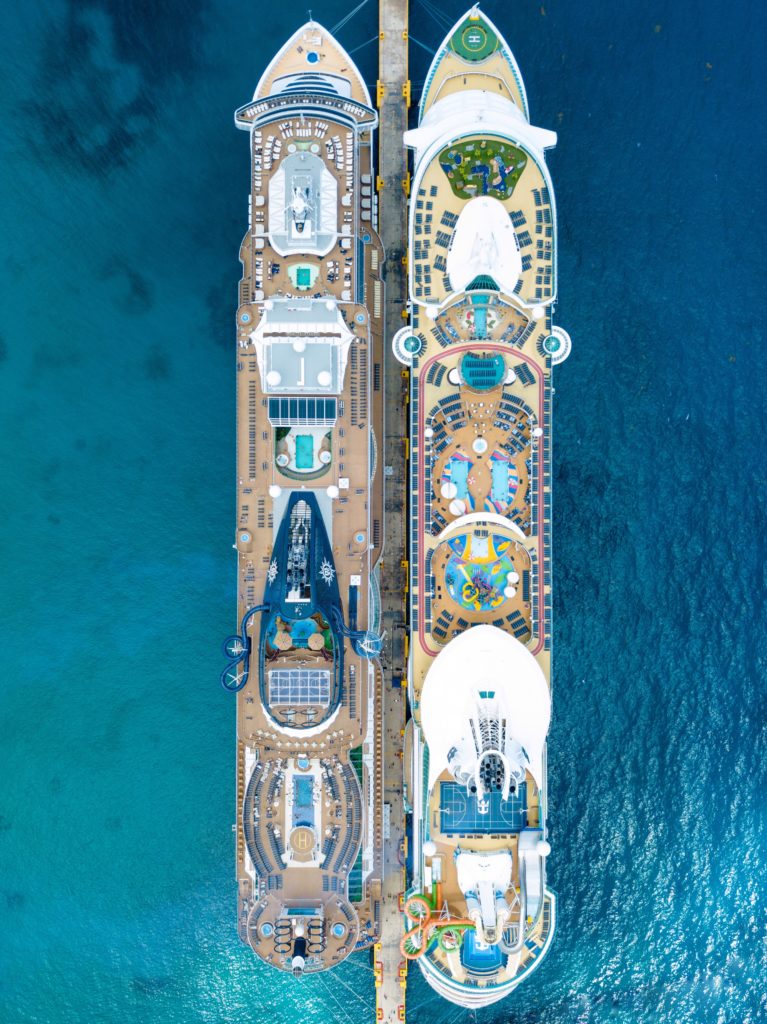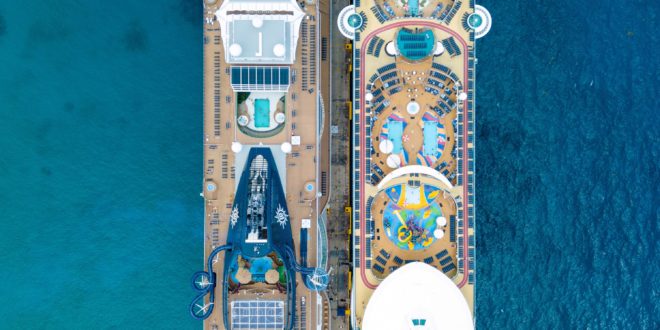Do cold wintry days have you dreaming of lounging on the warm, sunny lido deck of a cruise ship? You’re not alone. In fact, over 20 million people worldwide take to the seas on cruise liners every year including a record-setting number of New Zealanders.
New Zealand was one of only four international markets to see double-digit jumps in the percentage of people seeking recreation on international cruise liners last year. Chances are you or someone you know could be hitting the high seas soon so don’t miss this quick guide to common cruise ship injuries and illnesses with tips on how to prevent them:

Slip and fall accidents
Cruise ships boast exhilarating and mind-blowing attractions these days including full-scale water slides, rock climbing walls, sky rides, IMAX theatres, surfing simulators, bumper cars, indoor skydiving arenas, golf courses, you name it. It’s no surprise then that with all this adventure, the risk of slip and fall injuries goes up. While a minor musculoskeletal injury might seem like no big deal, it can quickly sideline an adventurous vacation.
You don’t have to skip out on all the fun to avoid knee ligament sprains, muscle strains, fractures, and other common slip and fall accidents. Simply be mindful and follow helpful preventative steps like wearing proper fittings shoes for your activities, never running around on slippery ship decks, and utilizing hand railings and other support structures when navigating stairs and other tricky environments. In the event of an injury, seek medical attention quickly.
Food poisoning
182 passengers aboard Australia’s biggest cruise ship, Royal Caribbean Explorer of the Seas, which also travels to New Zealand, famously came down with a stomach bug in 2015 caused by the gastrointestinal illness known as Norovirus (which causes 90% of gastro issues aboard cruise liners). In addition to Norovirus, food poisoning by enterobacteria like E.coli also frequently afflict cruise ship passengers when meal ingredients like shellfish or leafy greens are contaminated.
A full list of outbreaks across international cruise liners is actually available from the Centers for Disease Control in the U.S.A. and you may be surprised to see just how many outbreaks there have been over the past handful of years.
While it’s not possible to wholly avoid contracting a stomach bug on a cruise ship, you can take steps to lower your risk. Wash your hands regularly and utilize the many hand sanitizer dispensers placed throughout most cruise ships especially before and after you eat. Drink lots of bottled water on the cruise ship and make sure to check with local health officials (or online) about drinking water at any port destinations.
And fortify your immune system by avoiding excessive drinking, incorporating plenty of healthy foods into your daily meals at the ever-overflowing buffet, and staying active.
Seasickness
Experiencing symptoms of nausea, vomiting, and stomach cramps due to visual disorientation associated with being on a moving ship (which naturally combats your sense of balance) are often referred to as motion sickness or seasickness. While not fatal at all, this illness can last for some time and completely put a damper on your cruise festivities.
Luckily, there are a variety of over-the-counter medicines and tools you can utilize to minimize the discomfort associated with seasickness. The most well-known pharmacological aid is Dramamine, however, others like Bonine and even diphenhydramine have been shown to help. There are also aids like acupressure bracelets you wear on your wrist and scopolamine patches that are worn preventatively behind the ear the night before travelling.
Anecdotal evidence points towards ginger root as a temporary remedy for acute seasickness as well and experts additionally recommend that if you get seasick to try spending lots of time outdoors orienting yourself on the ship’s decks with the outer horizon. This better helps your brain marry the motion your body is feeling with the visual feedback from your eyes.
Additional illnesses
Other illnesses common to cruise ships include respiratory infections like influenza (seasonal flu) and Legionnaires disease, an infection that often results on cruise ships from coming into contact with contaminated hot tubs and portable water supply systems. Vector-borne diseases spread by mosquito (and other insect) bites are also more common among cruise ships that travel to tropical and subtropical destinations.
Completely avoiding injury or illness simply isn’t always possible on a cruise ship. It is good to know, however, that these types of leisure and recreation ships are equipped with emergency medical services to address situations which may arise. While medical facilities can vary depending on the ship itinerary, size, and passenger demographic, most are as equipped as an ambulatory service and can provide emergency medical care for crew and passengers as well as safely evacuate severely injured or ill patients.









- 7 years ago
Hi Jenn079, our friends over at Cigna will be able to answer that for you. You can send them an email from our Travel Insurance page.